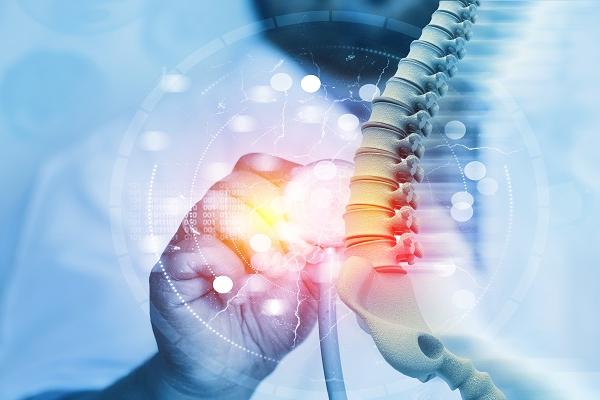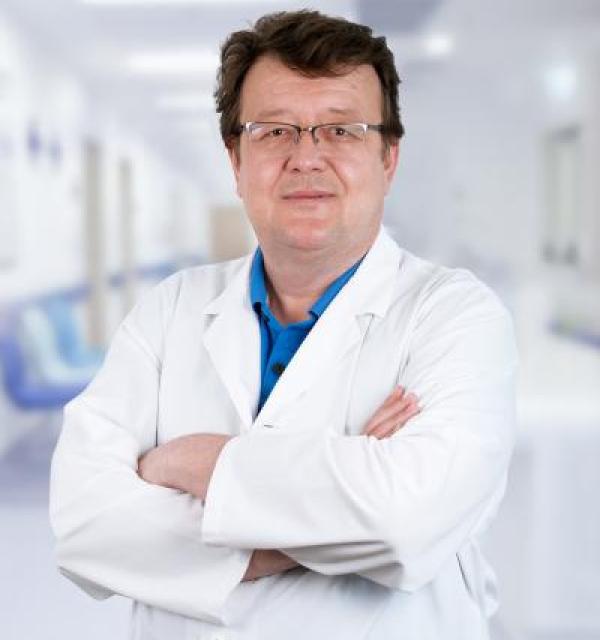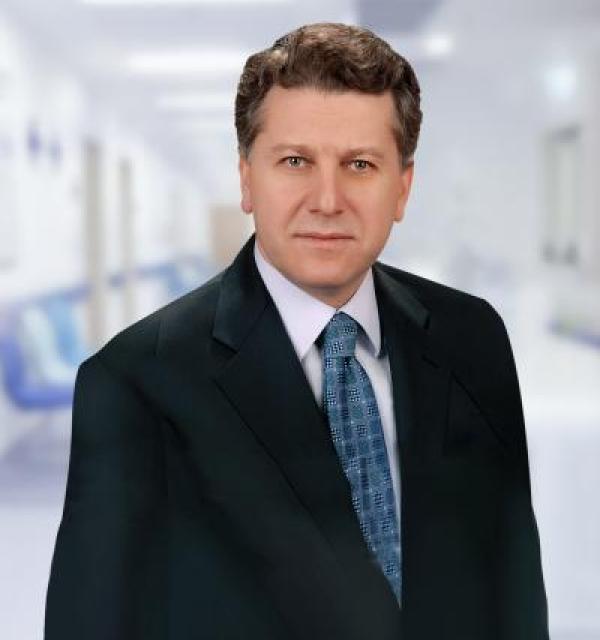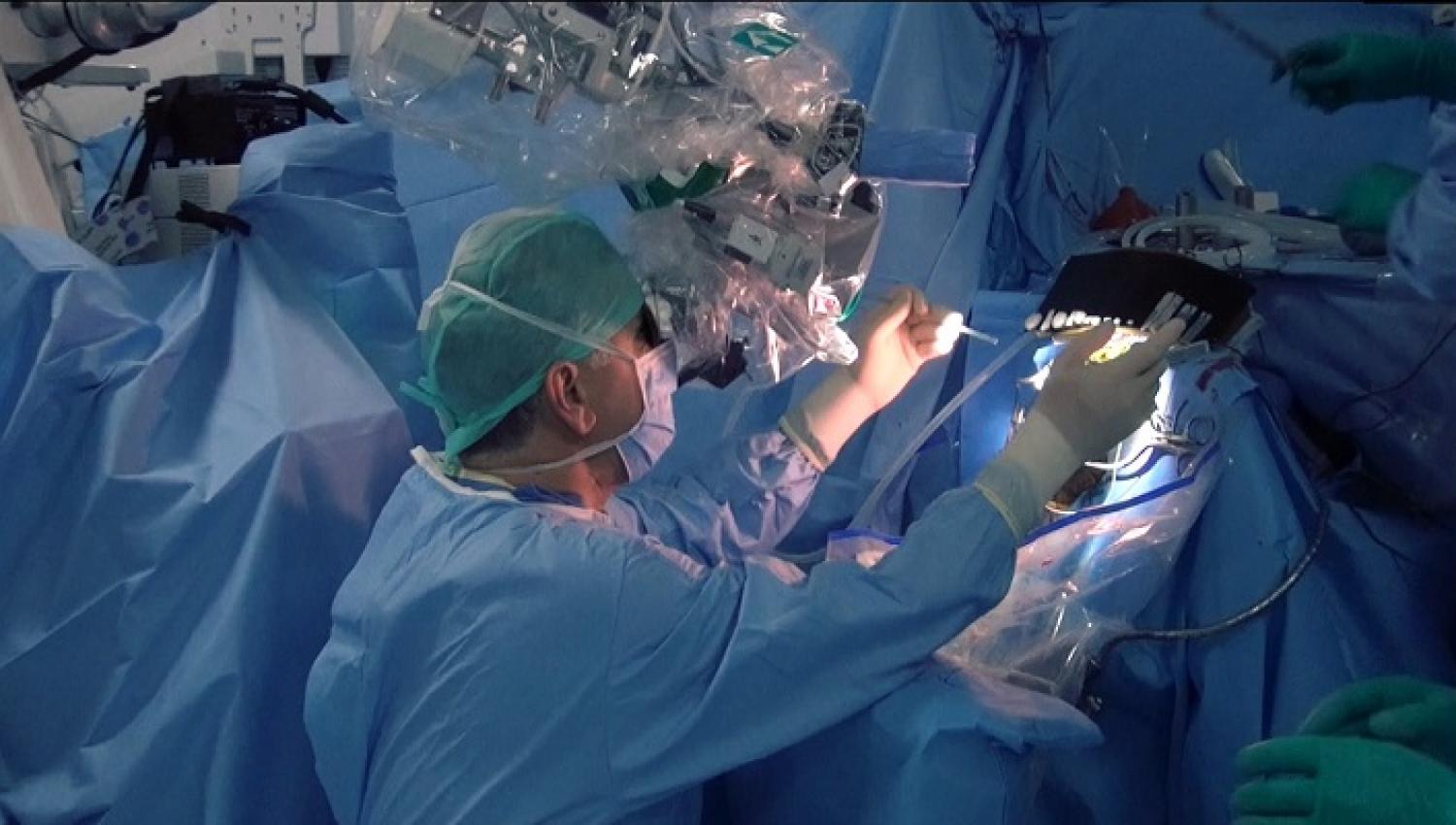With diseases of the spine due to different causes, there are treatment approaches specific to each disease and patient. Neurosurgery Specialist Prof. Dr. Ahmet Hilmi Kaya stated that spinal degeneration occurs faster in those with genetic predisposition, and pointed out that the surgery of the spine, which carries vital structures in an extremely limited area, is also important and special.
Tumors Disrupt the Biomechanics of the Spine
Stating that tumors can develop in the spine as well as in every part of the body and that these tumors disrupt the muscle, bone, and membrane structure of the spine when malignant, Yeditepe University Koşuyolu Hospital Neurosurgery Specialist Prof. Dr. Ahmet Hilmi Kaya, made the following remarks: “Any type of tumor affects the biomechanics of the spine in its region. It can also cause paralysis or near-paralysis pictures by putting pressure on the surrounding, for example, nerves. The spine, which is a structure with a high blood supply, creates a suitable environment for the tumor formed elsewhere in the body to metastasize.”
Prof. Dr. Ahmet Hilmi Kaya gave the following information about the surgical approach in spinal tumors: “In order to determine the treatment method for spinal tumors, many evaluations are made, such as the location of the tumor, its type, and what will be removed in the surgery. In self-induced benign tumors, it is important to completely remove the tumor with surgical treatment in order to achieve complete healing. In self-induced malignant tumors or tumors formed by metastasis from other regions, surgical and oncological treatments should be performed together, if necessary, to eliminate the pressure on the spinal cord. In cases where a part of the spine needs to be removed together with the tumor, a new mechanical structure is created with screws and special materials in place of the removed part by performing spinal engineering.”
Spine Is Worn Faster in Those with a Genetic Predisposition
Expressing that, like every system in the body, the spine can also be subject to degeneration, that is, diseases due to wear and tear, Prof. Dr. Ahmet Hilmi Kaya said, “Since the spine is the main column of the body, it is defined as the fastest aging tissue. In the spine, the gel-like disc tissue located between the vertebrae does not have veins in itself and can be fed only from the cartilage tissue, which paves the way for premature wear and therefore hernias.”
Pointing out that spinal wear occurs faster in those with a genetic predisposition, Prof. Dr. Ahmet Hilmi Kaya said, “Again, degeneration and sharpening of the bone ends, calcification in the facet joints and connective tissue that hold the spine narrows the spine slowly and compresses the spinal cord. If this narrowing is in the neck, it affects walking and balance, and pain and muscle weakness begins. In the waist, it leads to a condition called a "narrow canal".” Prof. Dr. Kaya stated, “This picture causes the person who walks comfortably for a long time to take a rest break and the distance covered becomes shorter and shorter. Surgical treatment of canal stenosis resembles winding back age. It can be performed successfully with a minimally invasive method, without disturbing the structure of the spine and without damaging the nerves.”
Not Every Hernia Requires Surgical Treatment
Prof. Dr. Kaya said that answers are sought for questions such as whether there is nerve compression in case of hernia formation, how is the structure of the disc, is it a hernia that will not make the patient comfortable in the long run and will impair the quality of life, whether it threatens the nervous system, has it already caused nervous system findings, what is the degree of pain, and he stated, “The type of treatment is decided by evaluating the patient's history, examination findings, and imaging results together. Since every hernia does not require surgical treatment, it is of great importance to distinguish normal from abnormal.” Patients most frequently apply to the physician due to low back pain caused by degenerative diseases. An abnormal hernia is observed in very few of the people in this group and surgical treatment is applied to a certain percentage of them. Even rest and medication alone are effective in suitable patients. Blocks can be made around the nerve with some painkillers and edema-relieving medications. Underlining that they work together with the physical therapy and rehabilitation department in patients who do not require surgery, but if there are signs of urinary incontinence and significant weakness in the legs, surgical treatment is definitely applied, Prof. Dr. Kaya continued to state that trying different treatment methods in such a situation may harm the patient and cause irreversible problems.
Patient's Capacity Plays a Role in the Decision of Surgery
Today, spine surgery is performed with minimally invasive endoscopic surgery or microsurgery. Stating that these methods affect the structure of the spine less than classical open surgery and reduce the risks by providing a clearer presentation of the tissue, Yeditepe University Hospital Neurosurgery Specialist Prof. Dr. Ahmet Hilmi Kaya continued his words as follows: “It provides access to the surgical site through tunnels called keyholes. Thus, the postoperative period becomes more comfortable for the patient. We choose to apply surgical treatment when a degenerative problem occurs in an elderly patient who is in very good general condition and regularly walks by leaving the home, and the individual becomes unable to do what he/she is doing. Because the patient needs to return and cling to active life and maintain his/her health with movement. We prefer non-surgical methods to relieve complaints such as pain, even if we perform surgical treatment on a patient who is the same age but does not have a life outside the home and has general health problems if it is not possible for him/her to return to active life for other reasons. In other words, the priority in the surgical decision is not the age of the patient, but his/her capacity.”
”



